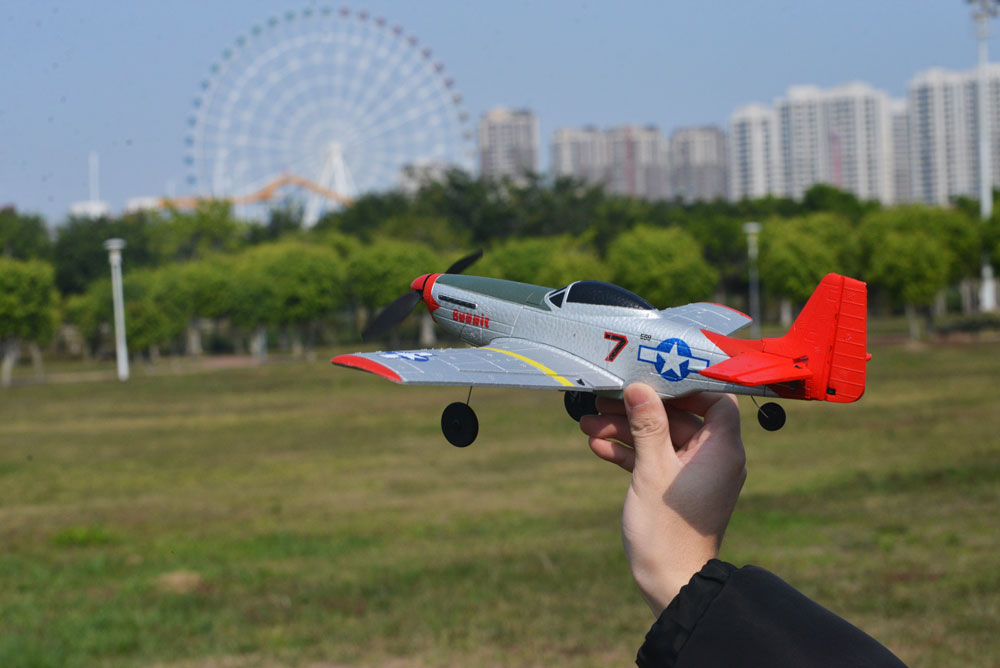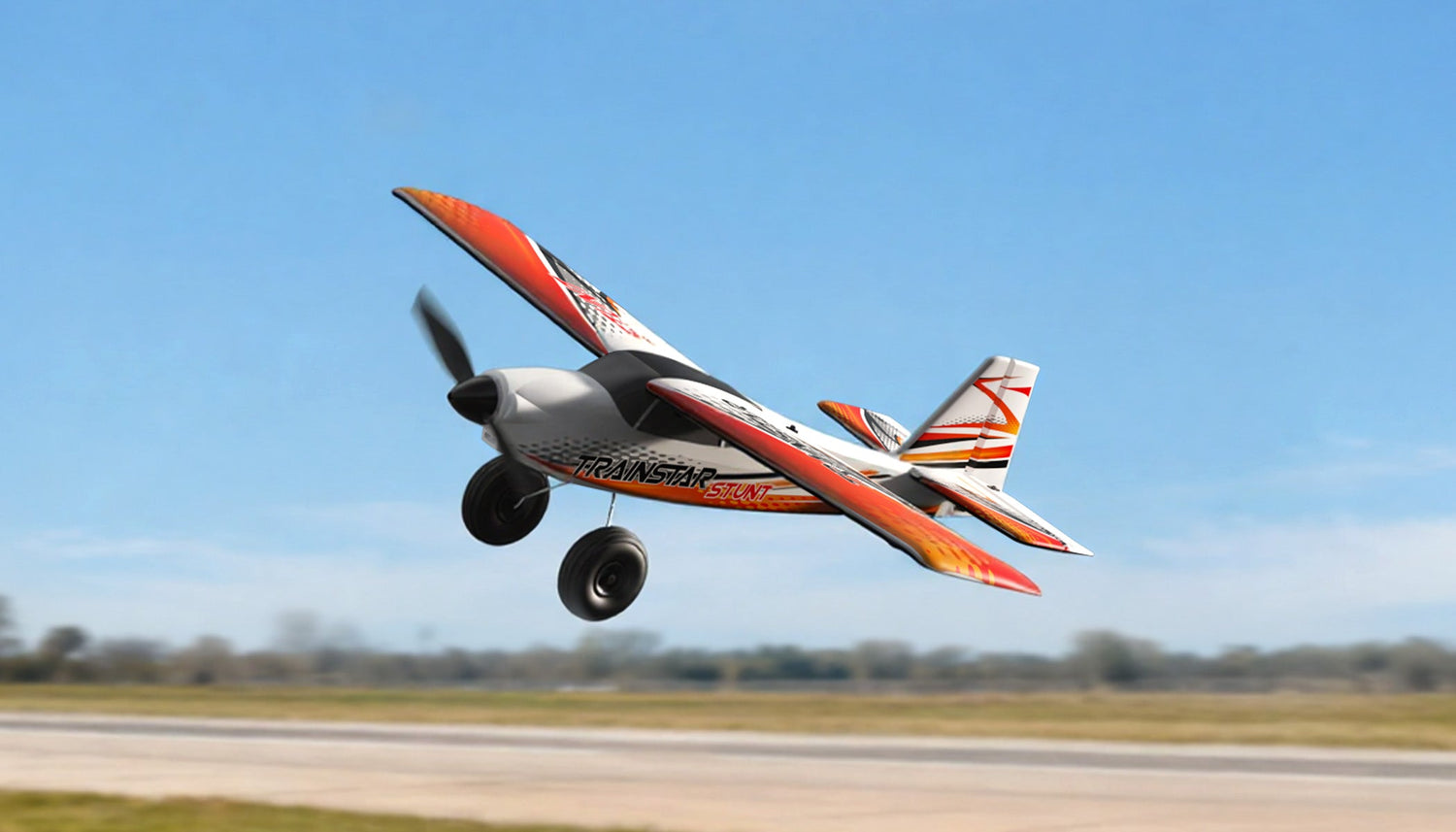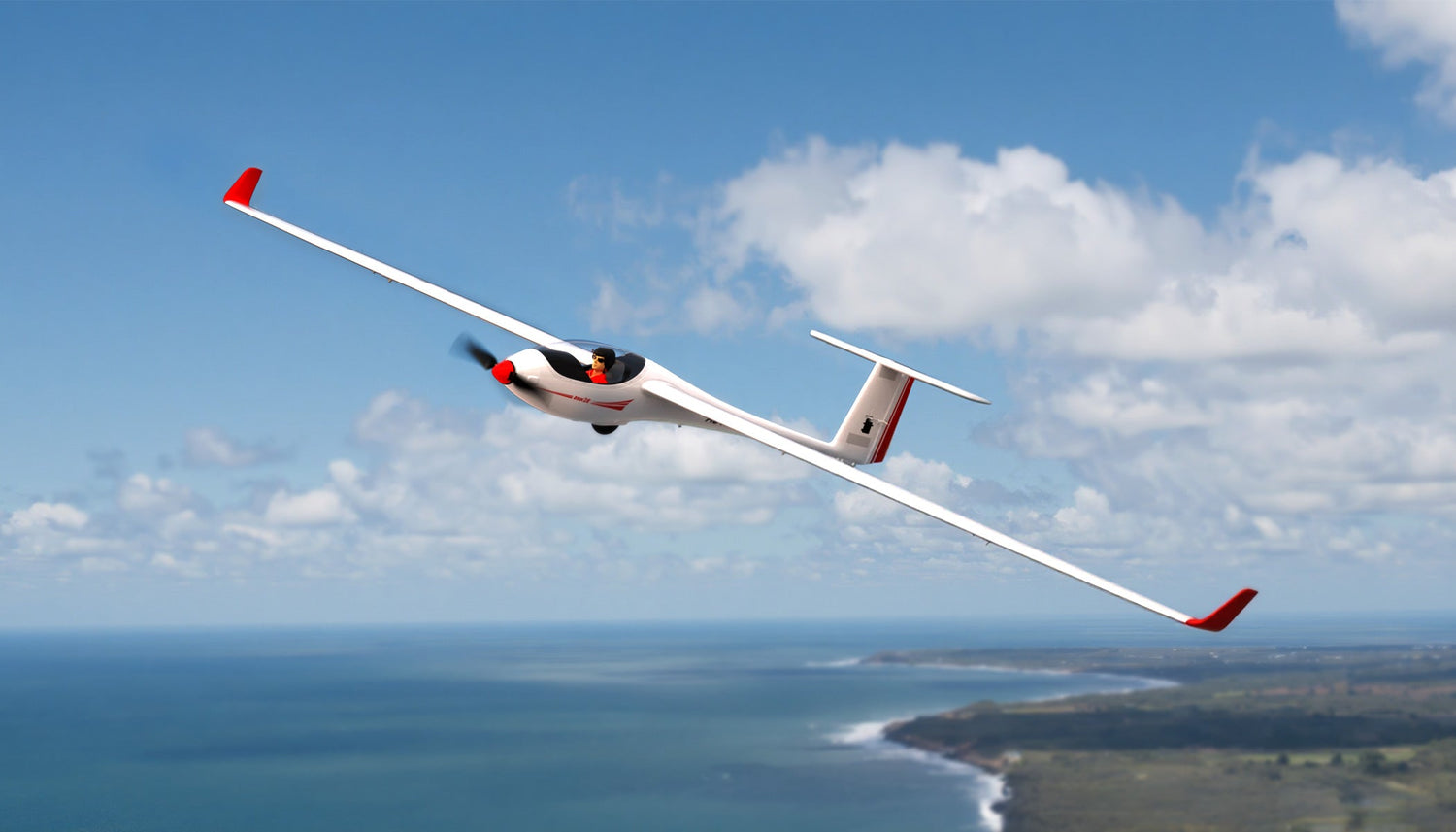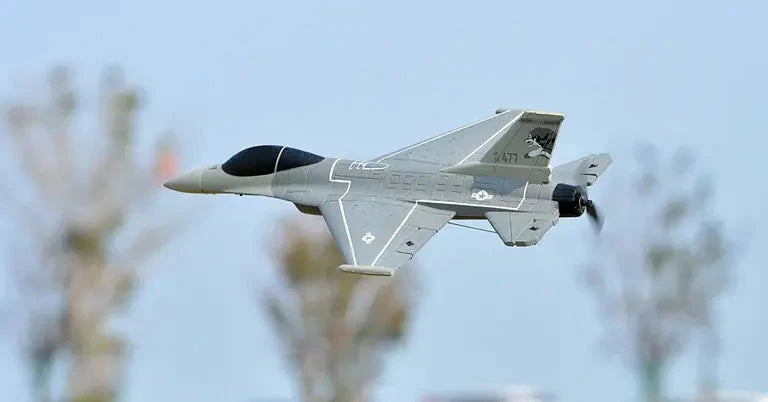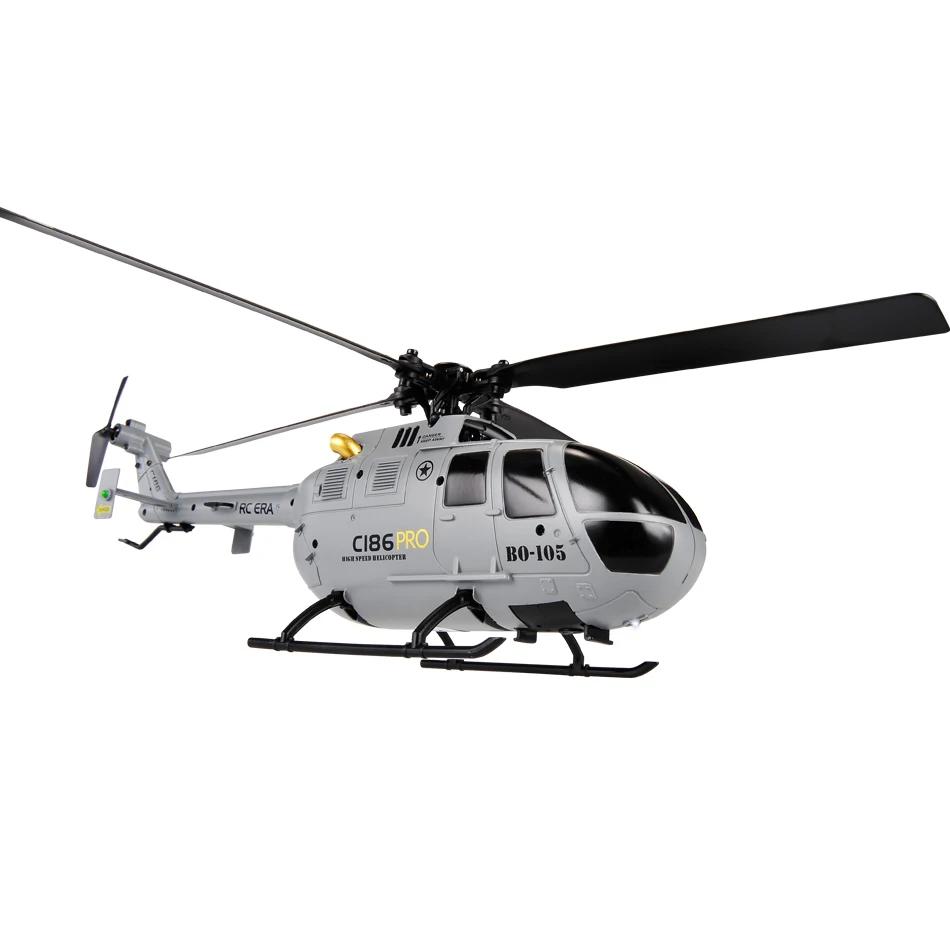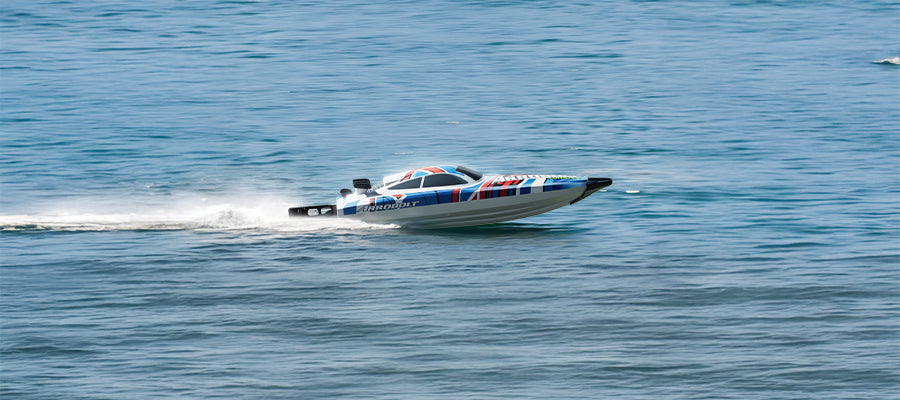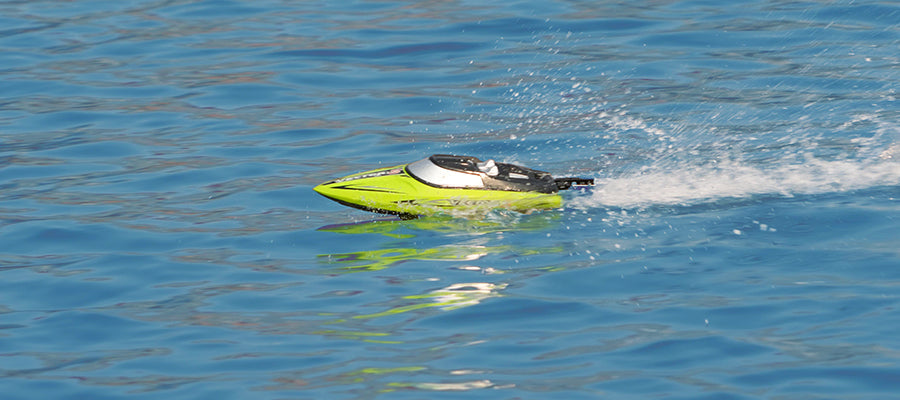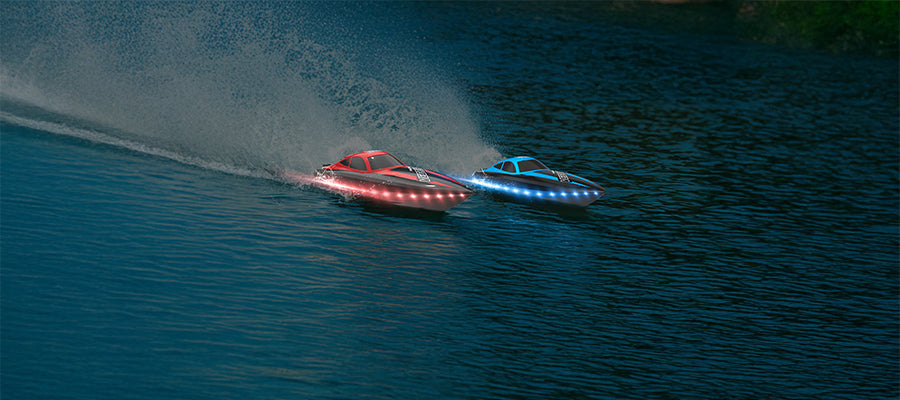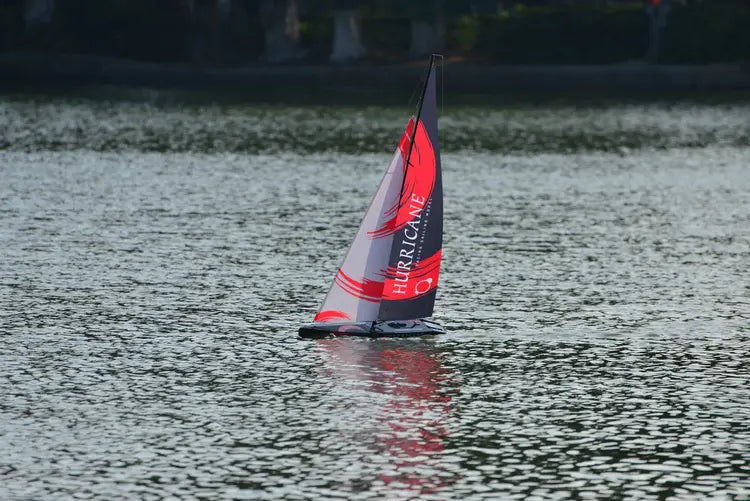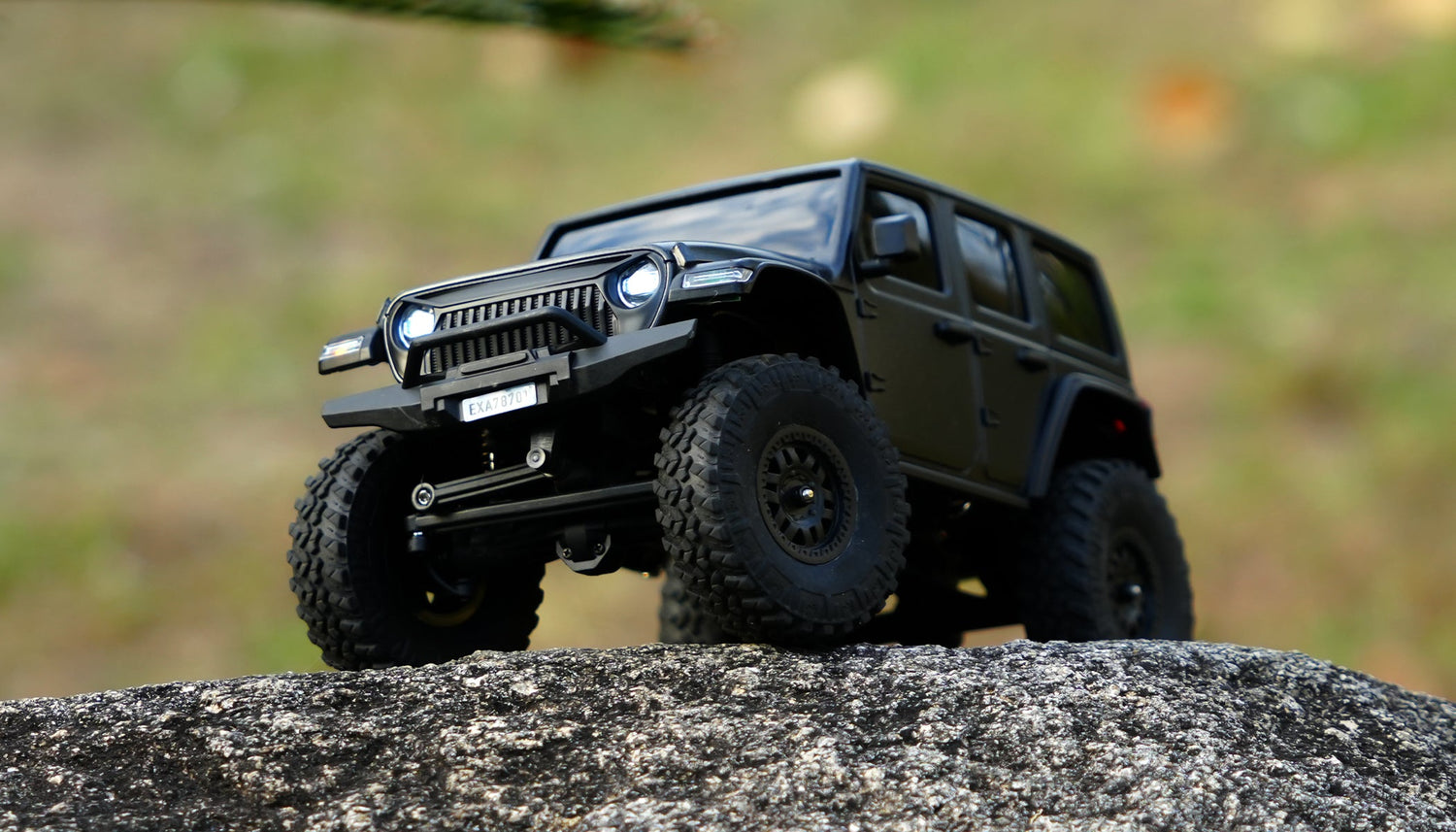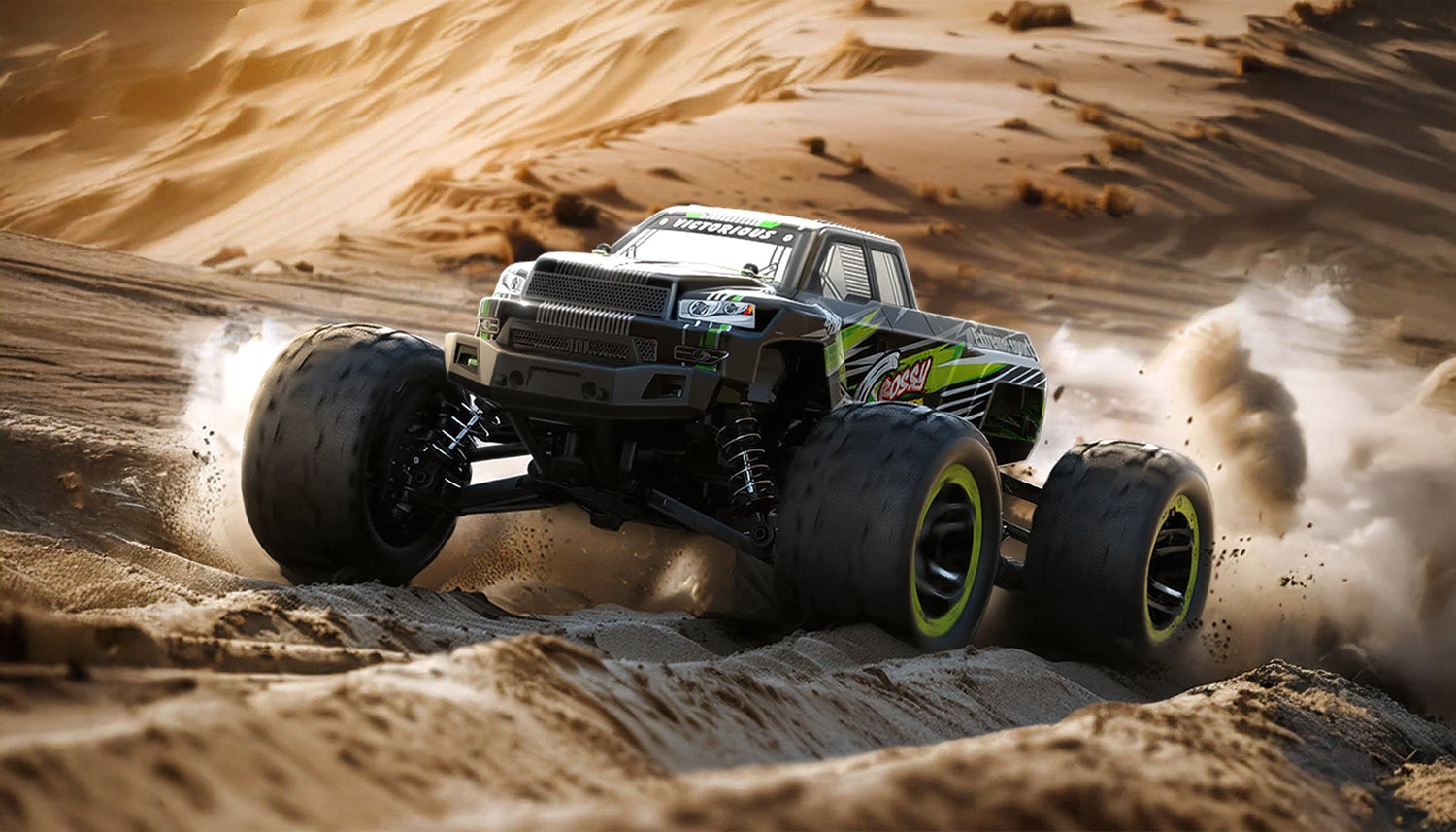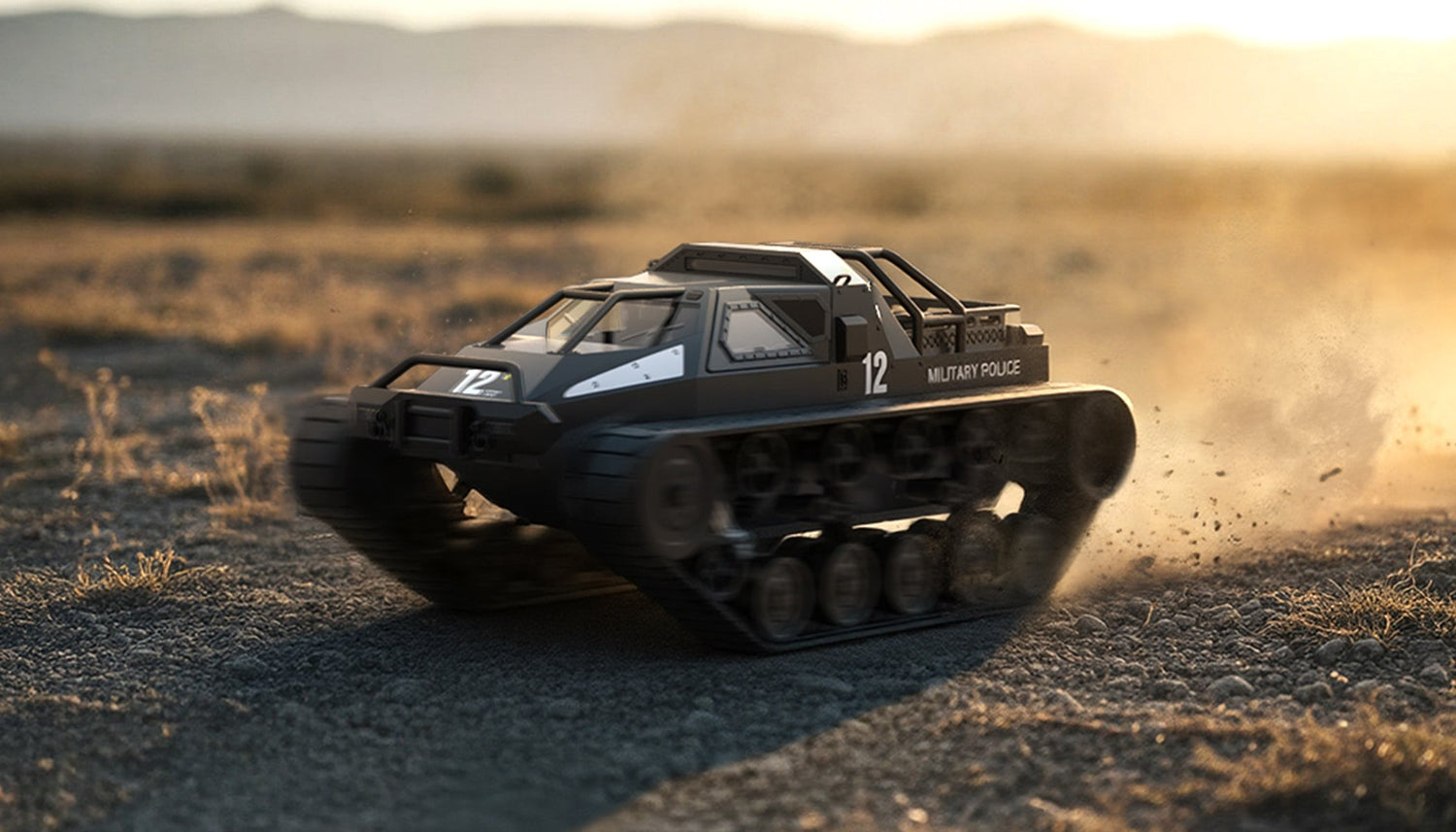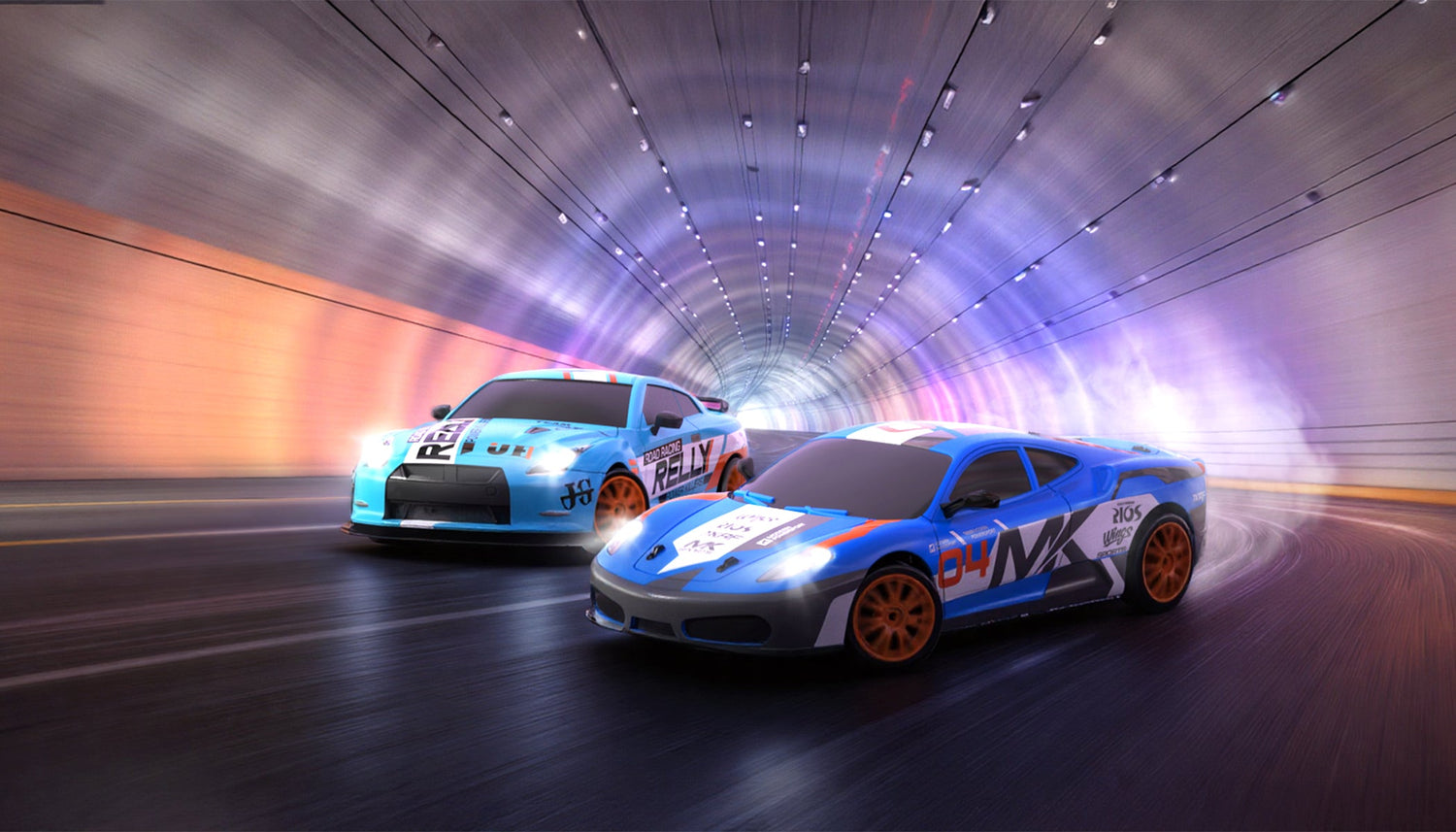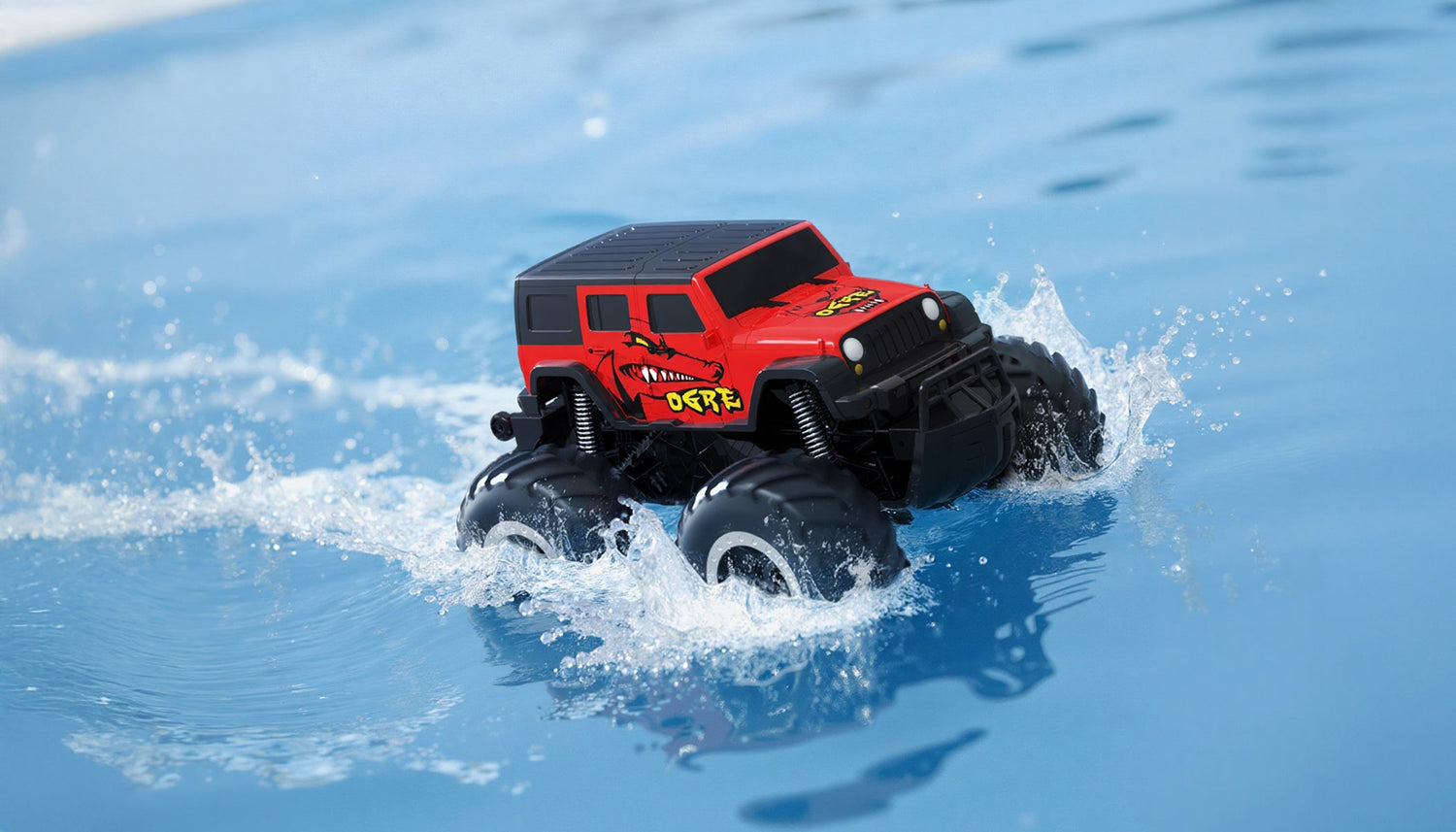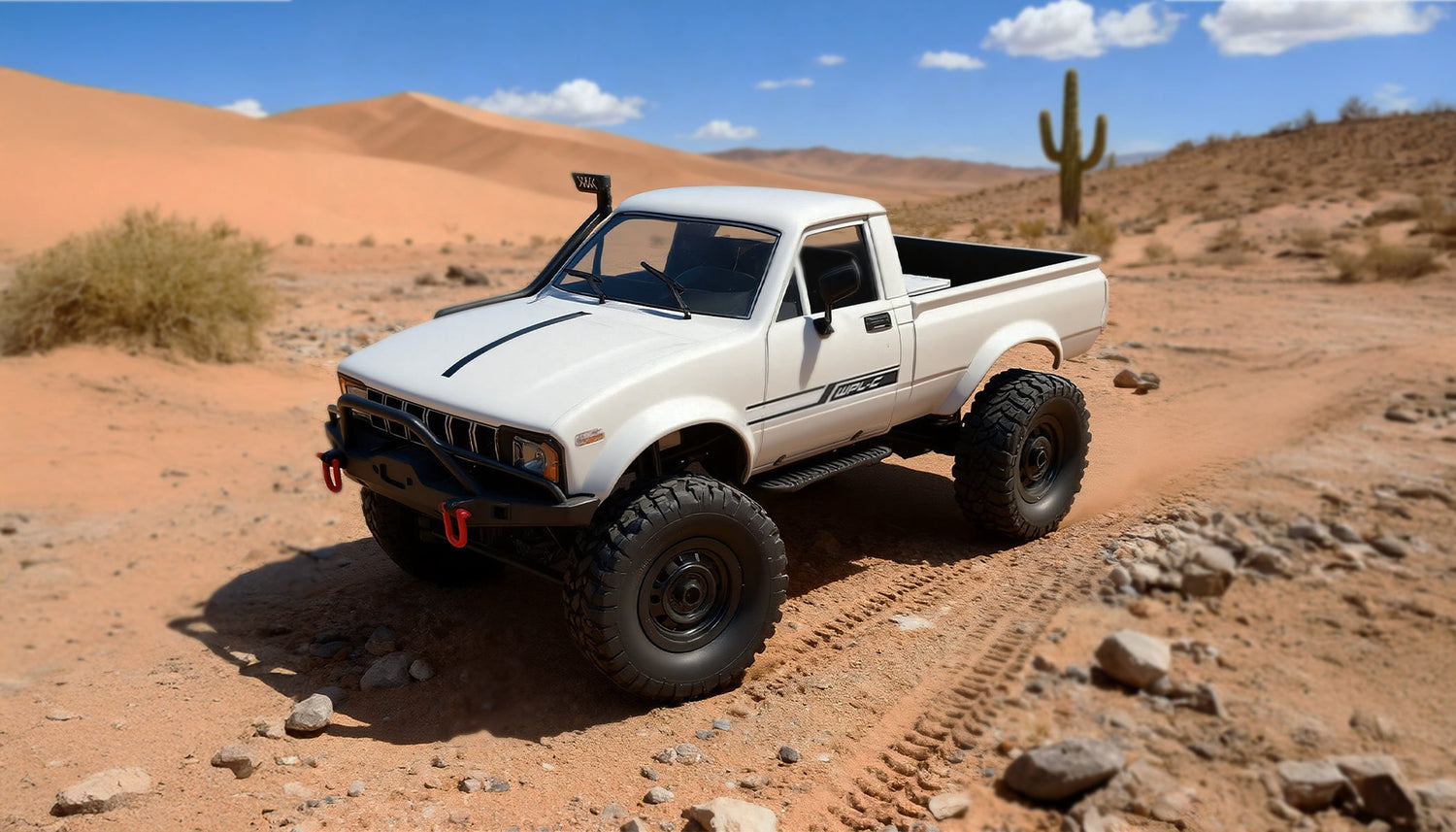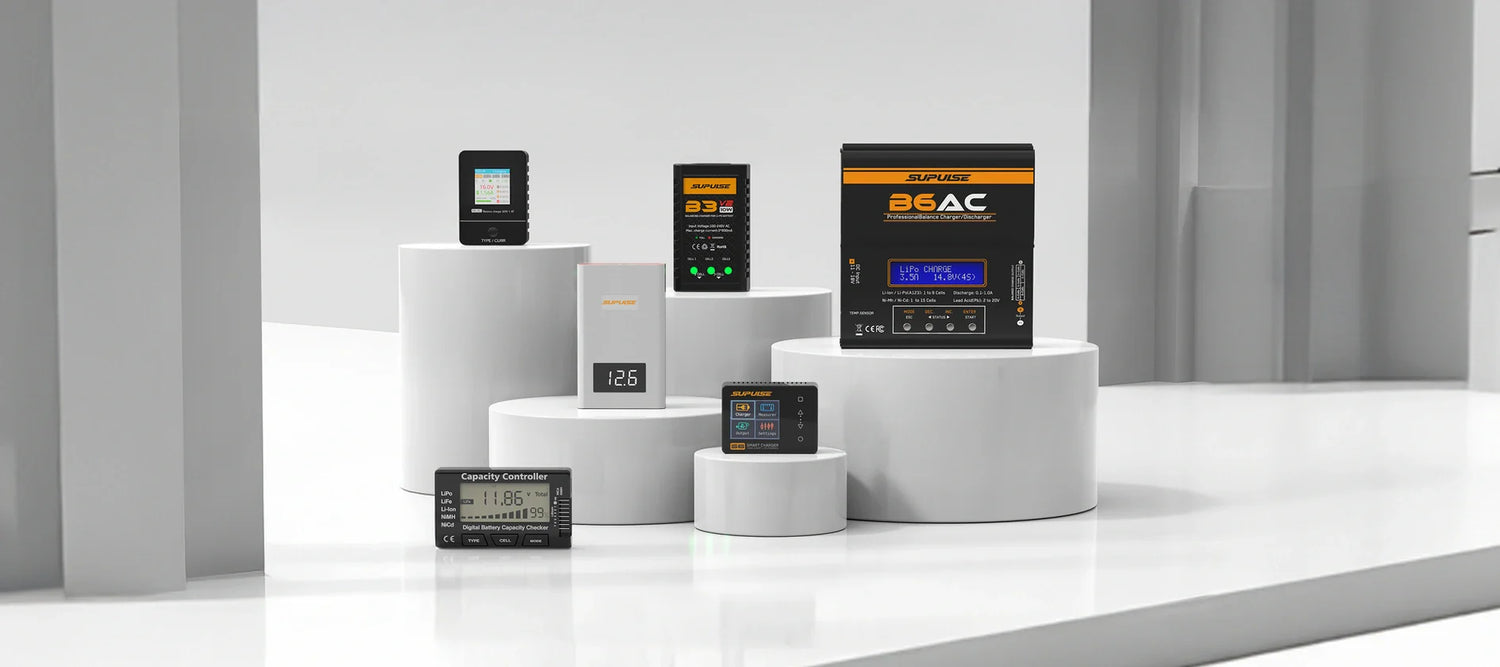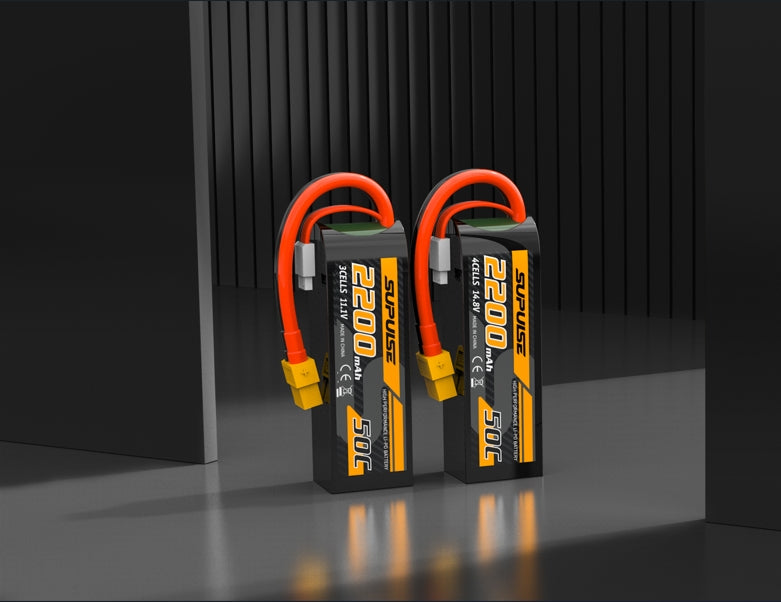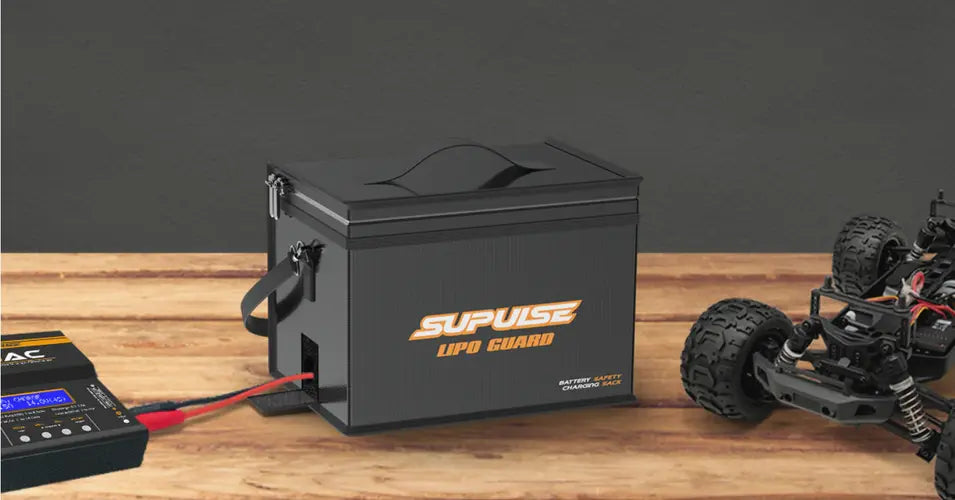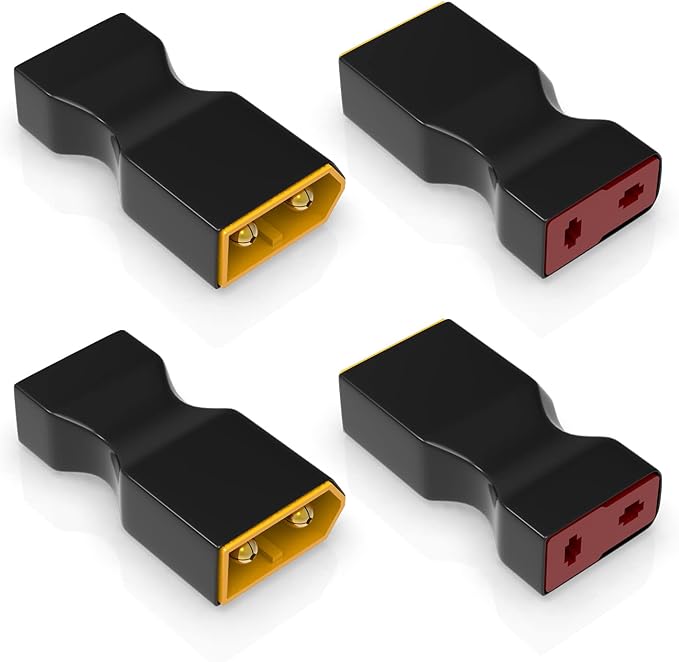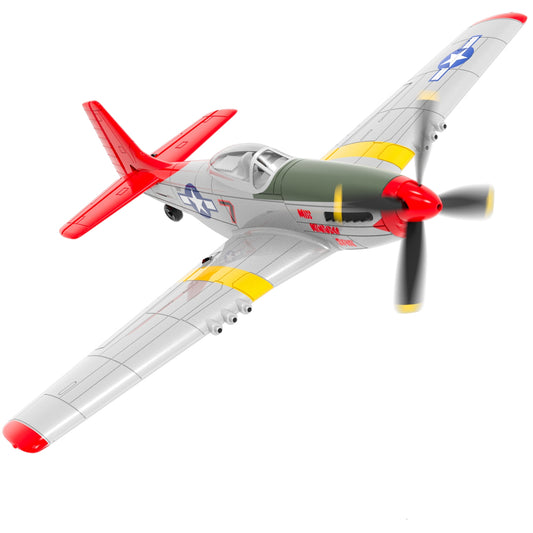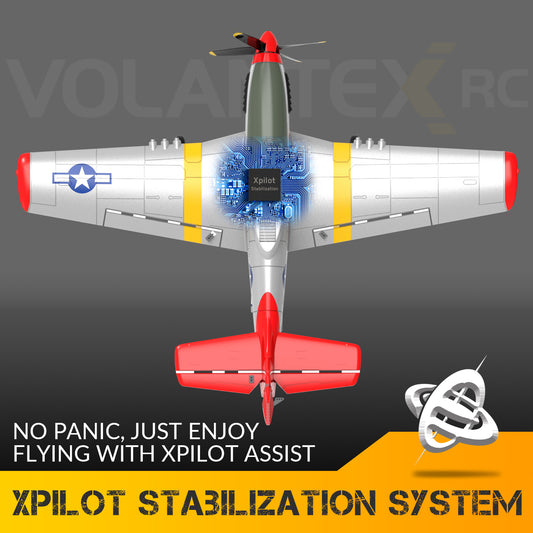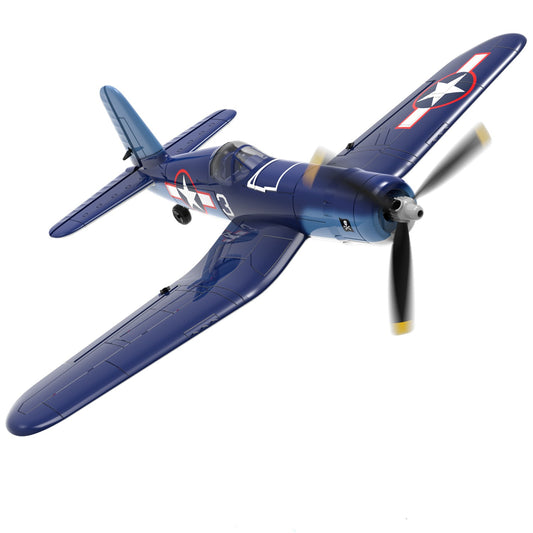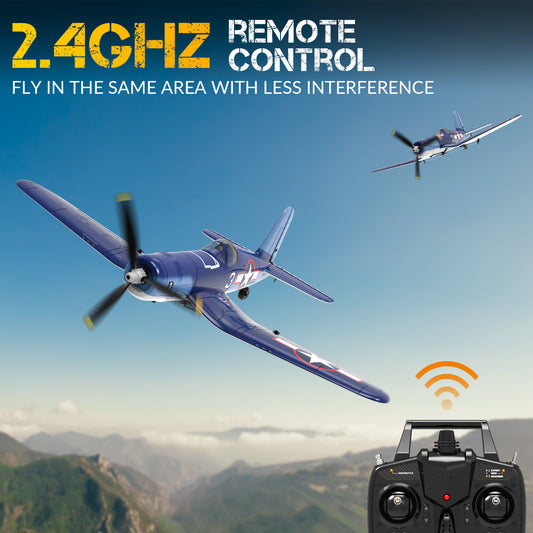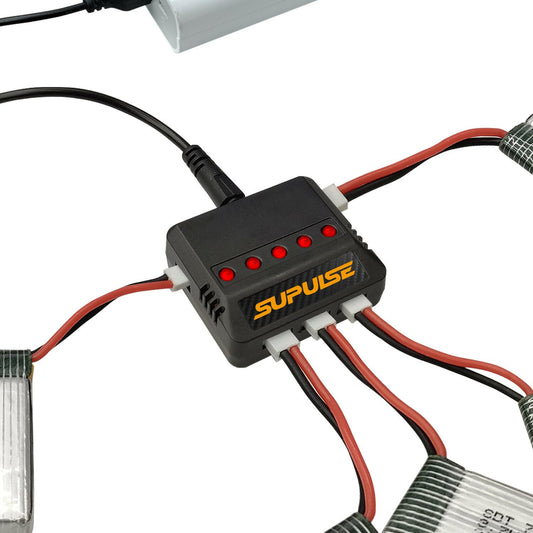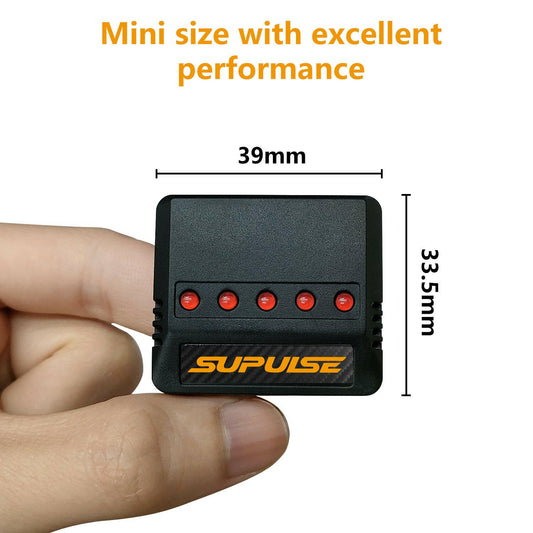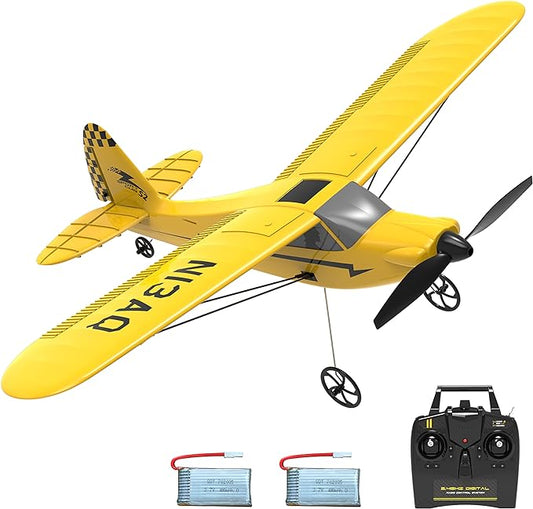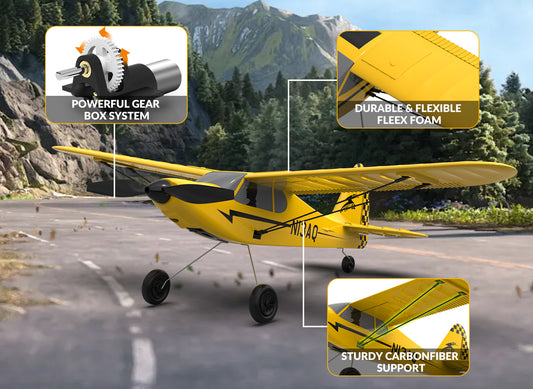Radio Control Airplane
Are you new to radio control aircrafts? RC Planes comes in various shapes and sizes and are designed for different types of flying locations and pilot skill level!
Size
In recent years, electric-powered ("EP") planes have become more and more popular and are flown in almost every open environment, even indoors! They come in a number of sizes but prefer to be smaller so that they can be launched in parks, at sports fields, indoor basketball court or other similar places. The size of an EP aircraft is usually determined by measuring its wingspan.
Type
In general, rc aircraft types can be scale, semi-scale and non-scale models. These three terms refer to the reality of the model; whether it replicates a real aircraft (scale), is a close representation of a real aircraft (semi-scale) or is a completely made-up design (non-scale). Most of us will never actually pilot an Air Force F4U Corsair or F-22 Raptor, but we CAN fly an RC model that looks like one!
When you browse through Exhobby airplane offerings or visit your local airfield, you'll see RC models that fit into the following groups. This page doesn't intend to 'officially categorise' rc aircraft, the following list is just to introduce you some common types of RC aircraft to your options...
Trainers
Trainer airplanes, or 'trainers', with the wing on top of the fuselage for maximum stability in the air, are specifically designed for beginner pilots. They fly slowly, giving you extra time to think and react. If you momentarily lose control, you can simply release the transmitter sticks — your trainer will return to straight, level flight. Trainers also have a very slow stall speed, which means that their wings can generate enough lift to stay aloft even when just creeping along. An example of the trainer airplane will be the Volantex Sport Cub 500
Sport/Aerobatic Airplane
Sport airplanes are sometimes called aerobatic airplanes, which make up a very large sector of all rc planes. They are a good "next step" after you’ve mastered your basic trainer but can also be used for training purposes, particularly low-wing training. Sport airplanes can be any size or shape and are more capable of performing aerobatic maneuvers than trainers are. Most have wings mounted at the middle or bottom of the fuselage, making them better for performing such maneuvers. High wing planes like trainers, generally speaking, are not that aerobatic.
Warbirds
RC warbirds bring dogfight excitement directly to your local flying field! They have always been a popular rc aircraft subject: their classic lines and smooth flying characteristics make warbirds some of the nicest looking rc airplanes out there. The term warbird describes a wartime plane, notably from the First and particularly Second World War. The P51D Mustang and F4U Corsair are classic examples. Not particularly suitable as an absolute first rc plane, although there are some RTF warbirds available that have been developed with the beginner in mind.
Sailplanes/Gliders
RC sailplanes ride on rising masses of warm air, called "thermals." Their stability and slow flying speed make them a good choice for first-time hobbyists. With an rc glider, you have to rely solely on the wind and/or thermals to keep the aircraft airborne.
Some sailplanes are equipped with electric motors for easy, powered launches. The propeller blades fold back when the motor is not in use, flat against the nose of the plane to reduce drag. Most powered gliders have the motor in the nose, but they can also have the motor on a fold-away pod on top of the fuselage, behind the wing.
Drones
Drones, also known as multicopters, are relatively new to the radio control flying hobby and feature three or more electric motors on booms coming out of a central hub or fuselage. These 'copters are very stable and also agile, and make excellent camera platforms. RC multicopters are also sometimes sold as 'RC UFOs' but the term multicopter has become more common in recent years, with tricopters (3 motors) and quadcopters (4 motors) being the most common. Toy rc UFOs are also available, though usually with a single motor surrounded by an outer foam body.
Jets
Arguably the cutting edge of foam electric aircraft, RC jet airplanes powered by electric ducted fans (EDFs) provide exciting performance and impressive scale fidelity. They have become hugely popular in recent years and are designed specifically for intermediate to advanced flyers, although there are some 'beginner friendly' ones out there.

